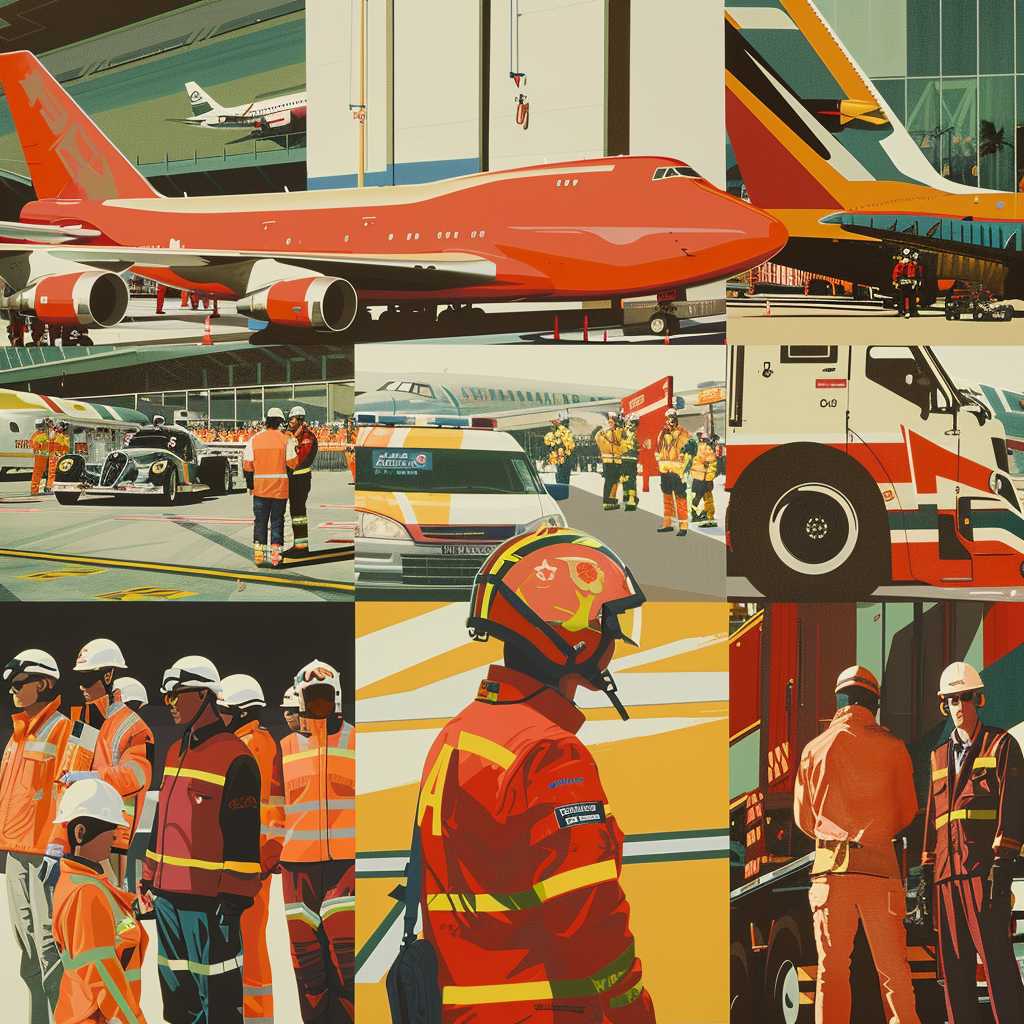The Role and Evolution of Livery in Society
Livery has played a significant role in history, symbolizing allegiance, status, and profession. From the medieval times when livery indicated one’s affiliation with noble houses, to the present-day branding on uniforms and company vehicles, livery has evolved to serve as a visual expression of identity. This article takes a comprehensive look at the function of livery throughout the ages, its impact on societal structures, and its modern-day application across various industries.
Historical Significance of Livery
In the Middle Ages, livery signaled one’s loyalty to a lord or king. It included not only clothing but also heraldic devices displayed on shields and liveried coats. High-ranking individuals would grant their followers garments dyed in specific colors or adorned with particular symbols tied to their house or estate. This practice allowed for the easy identification of allies and servants while also serving to publicly display power and influence.
During the Tudor period in England, livery became tightly regulated as it was an essential part of court life. The Sumptuary Laws dictated who could wear what type of livery based on social rank and occupation. Livery at different levels of society became more uniform, symbolizing order and a person’s place within the rigid class system.
From Tradition to Corporate Identity
As society progressed from feudal structures to more complex industrial societies, the nature of livery changed. What was once a marker of feudal loyalty transitioned into signals of trade affiliations and then streamlined corporate identity.
In the 19th century, with the rise of trade guilds and unions, livery included badges and emblems which denoted skill level or membership. This could be seen in various crafts and trades from blacksmiths to carriage drivers.
In the 20th century, corporations began adopting logos and color schemes that act as modern-day liveries. Companies across every industry use uniforms to communicate their brand while ensuring employees are recognizable to customers. Corporate livery encompasses not just uniforms but extends to the design language that covers a company’s entire fleet of vehicles, ships, or aircraft.
Corporate Livery as a Marketing Tool
Businesses today use livery as a dynamic marketing strategy. A well-designed uniform can both unify employees and serve as walking advertisements. In retail settings, corporate colors and logos on employees’ attire reinforce brand identity.
Corporations are meticulous in branding fleets such as airlines, shipping companies, or trackside teams in motorsports. The colors, logos, and patterns can make a company instantly recognizable worldwide—becoming vital parts of multi-channel marketing campaigns that consolidate brand presence across multiple touchpoints.
Uniform Eclecticism Across Industries
Uniforms and livery within various industries may adhere to strictly functional roles based on their requirements for safety or hygiene. For instance, significant parts of hospital staff uniforms are dedicated to functionality over aesthetics—think scrubs and lab coats—yet they still adopt certain color schemes by department for easy recognition.
Similarly, military uniforms exhibit a form of livery with distinct insignias that indicate ranks and affiliations. Security forces’ attire includes badge placements consistent within their respective forces that allow both camaraderie among members and transparency for civilians.
Public Sector Livery: From Utilities to Emergency Services
Governments also leverage livery within public sectors. Jacket emblems, vehicle designs, and logos characterize utilities such as power companies or water suppliers—signaling they’re conducting official business when seen in communities.
Emergency service livers go beyond branding; they’re crucial for immediate recognition in urgent situations where visibility can make the difference between life and death. Fire trucks, ambulances, and police vehicles are all designed with standardized markings that denote their function clearly.
